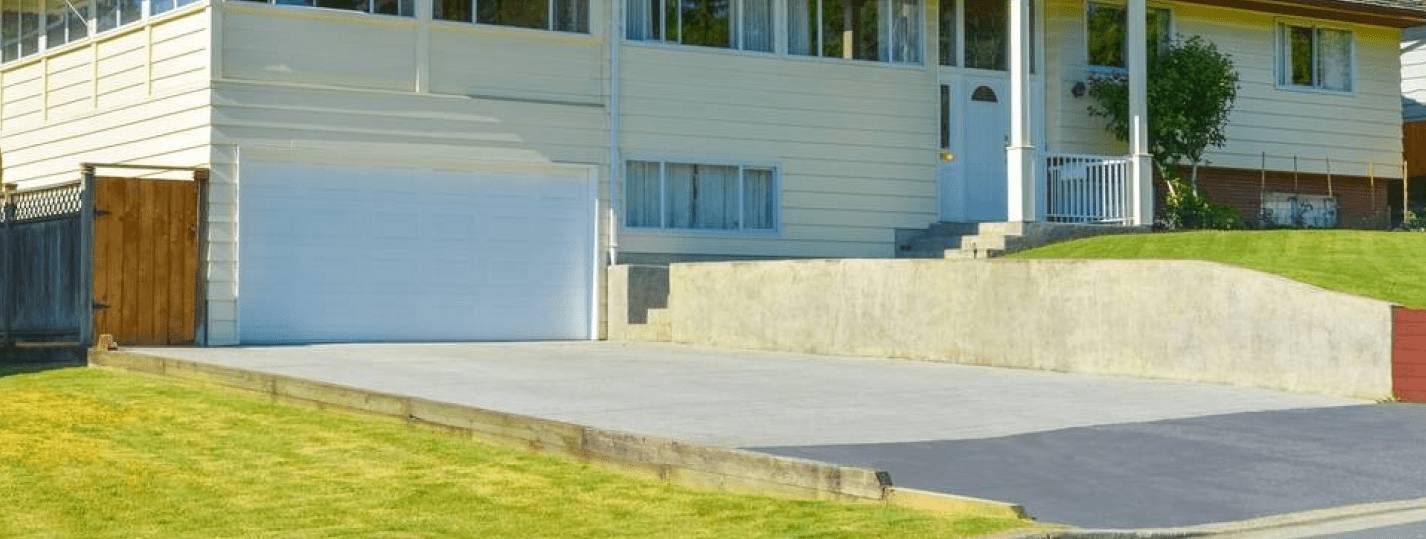Ensure your retaining wall stands the test of time with these tips from Tulsa Concrete Contractor
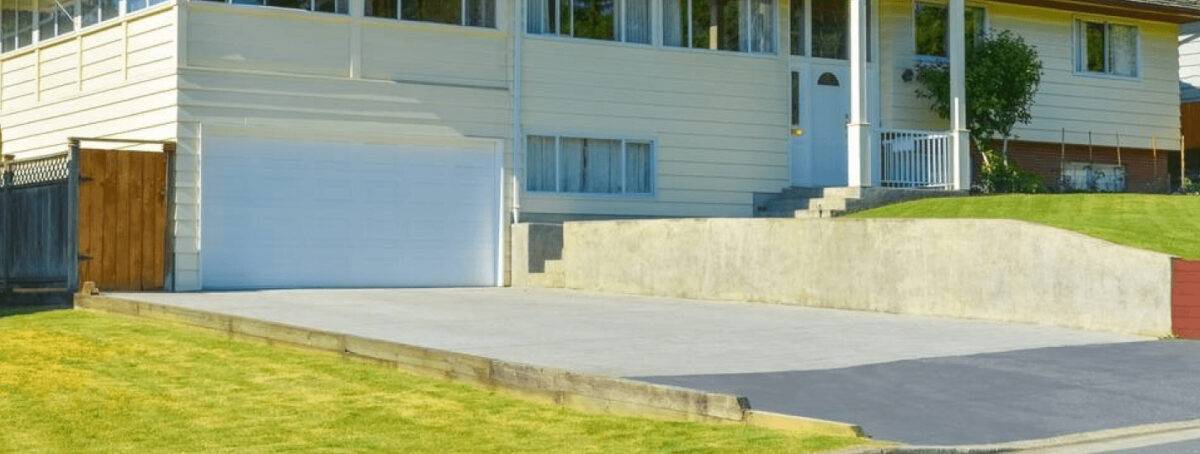
Are you looking for a long-lasting solution to transform your sloping yard into a terraced landscape and protect it from erosion? Installing a concrete retaining wall is one of the most durable options to retain or divert soil around landscaped areas. You also don’t want it to be an eyesore, as your yard should be where you want to assemble.
This guide will teach you everything you need to know regarding building more robust, resilient retaining walls balanced with an aesthetic appeal. A good retaining wall can last through virtually any weather condition while enhancing the look and function of your outdoor space.
How To Build a Retaining Wall That Lasts
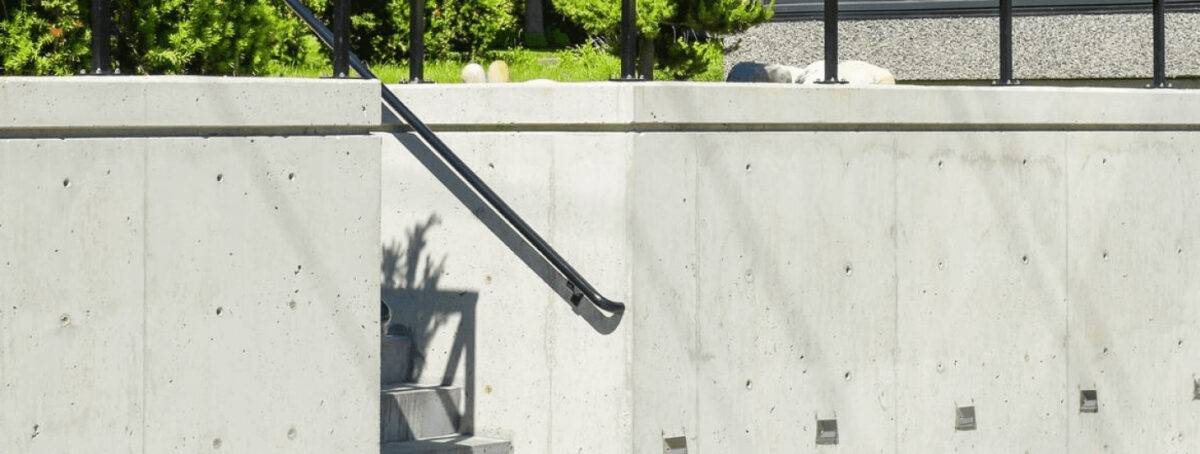
There is more to building a retaining wall than simply stacking concrete blocks in front of a hill. To ensure your wall doesn’t tip forward, drains appropriately, and still looks good, read this article before building. If it’s more complicated than you thought, consider hiring a professional.
Three Key Principles of A Good Retaining Wall
Keep these three things in mind when you are building your retaining wall.
1. Install a base of solidly compacted material: The base material must be filled in and packed properly. You should do this before adding in any other materials so that the blocks have maximum contact with courses above and below them, providing greater friction and strength.
2. Step back the blocks, rocks, or timbers to get gravity working in your favor: By creating a step back from the blocks, you can increase stability by pushing against the fill instead of relying on its own weight.
Note: Walls should not be perfectly vertical as this can cause gravity to work against the wall when it begins to lean outward. If using concrete retaining wall block systems, look for those with a built-in lip or pin system that will automatically create the step back when constructing.
3. Bury one-tenth of the height of the wall at its bottom course: This is important as burying a portion of the retaining wall deters soil from pushing outwards and ensures more stability.
If you build your wall with these principles in mind, it will be solid and long-lasting. However, you must also be aware of the two elements that cause the most problems: water and uncompacted soil.
How To Deal With Water Drainage and Uncompacted Soil
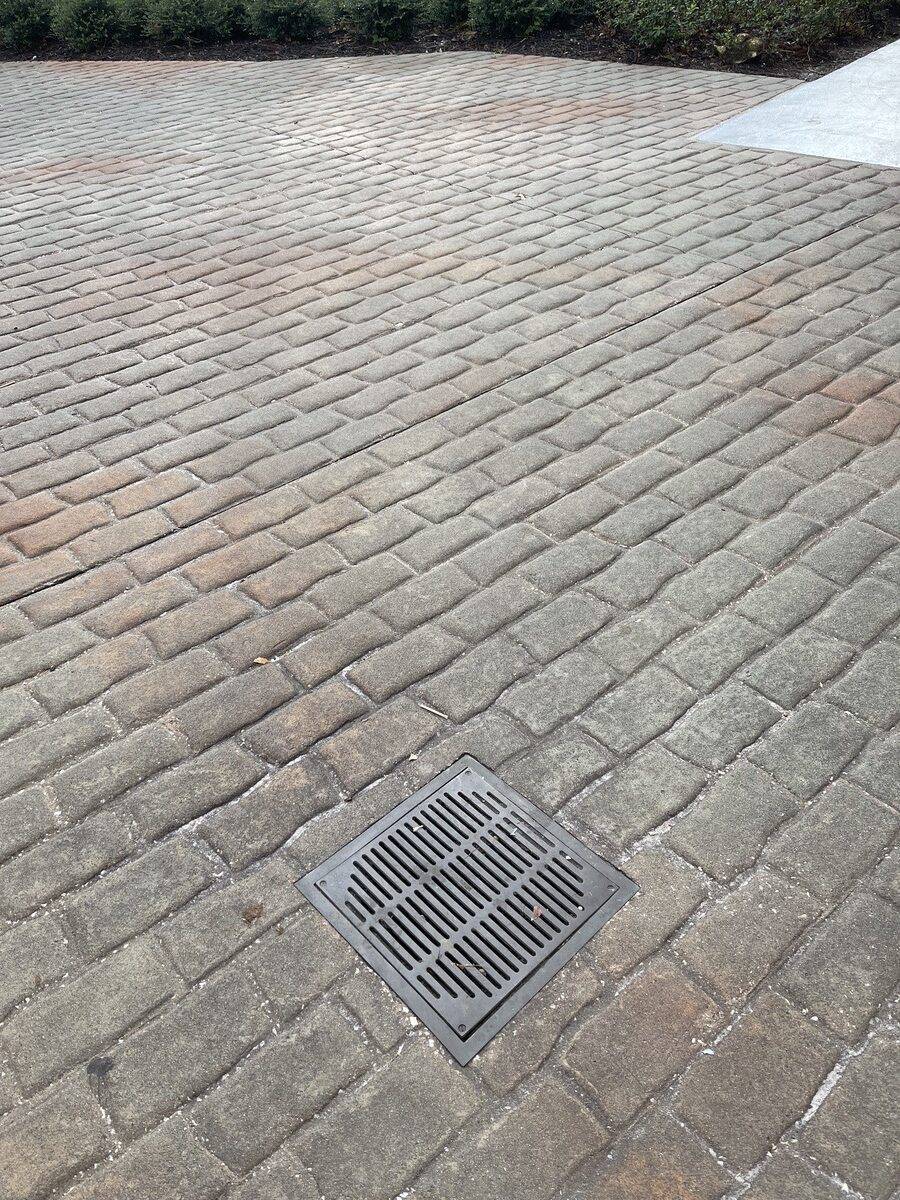
Water drainage and uncompacted soil are the two most significant problem areas with retaining walls. You must take care of both problems to have a solid retaining wall.
Water Drainage
A well-built retaining wall accounts for water drainage by being constructed and graded to divert surface water from the wall.
- The top of the wall should have a slight slope or be flush with the ground level, so rainwater flows over the top instead of gathering behind it.
- There is typically 8-12 inches of an impervious soil layer below the surface to help prevent water from seeping in behind the wall.
- Put gravel at the base of the retaining wall to give any water that gets in a fast route out.
- Install French drains, and weep holes (or drainage gaps) to further assist with drainage, allowing any trapped water to evaporate or escape more efficiently.
- Keep dirt, mulch, and other debris clear of the top of a retaining wall, as this can interfere with proper drainage and affect its stability over time.
Taking these steps while constructing a retaining wall can ensure that it remains intact even after several years of exposure to rain and other forms of precipitation.
Uncompacted Soil
Without proper compaction, the retaining wall structure could become weaker and more prone to failure over time due to the build-up of pressure from the soil that has not been adequately consolidated.
You must add 3 or 4 inches of material at a time and then use heavy vibrating plate tampers to press down on each layer until it reaches its maximum density.
If a wall is not properly compacted:
- Your wall may experience erosion and cracking due to water seeping through the loose soil.
- It can settle unevenly and cause surface-level shifts and increased subsidence chances.
- There is an increased risk of blowouts due to hydrostatic pressure within the fill area without adequate drainage control measures.
All soil surrounding retaining walls must be compacted to avoid these issues.
If your wall is taller than 6 feet high, you must reinforce its structure with steel reinforcing mesh or aluminum reinforcement bars to ensure it remains stable over time.
Proper compaction also allows water infiltration systems such as French drains or perforated pipe systems to work more effectively since they need firm support for their components to function correctly.
An Overview of a Good Retaining Wall
Let’s start with the basics of how your retaining wall will work.
- A good retaining wall should hold back soil on a slope. It should have a solid foundation extending below the failure plane and supporting the weight of the earth and the wall itself.
- To create an effective retaining wall, it’s essential to determine the size of the soil wedge that needs to be retained and its angle or steepness.
- The shape of the wall should then match this angle and be laid out to provide adequate support for the amount of soil being held back.
- A good retaining wall should also include drainage systems along its base to prevent water pressure from building up behind it.
- You can use poured concrete, gravel, concrete blocks, timber, or steel to construct the wall. All materials used should be weather-resistant, durable enough to withstand pressures from both sides and adequately secured into place to ensure stability over time.
What are the Benefits of Building Stronger Retaining Walls with Concrete Big Blocks?
Building stronger retaining walls with concrete big blocks offers many benefits. The durability and strength of these walls ensure stability in various applications. They prevent soil erosion, provide efficient drainage, and offer enhanced structural integrity. Additionally, concrete big block retaining walls are low-maintenance, cost-effective, and customizable to fit any landscape design. Enjoy the benefits of concrete big block retaining walls for long-lasting, reliable construction.
Final Thoughts
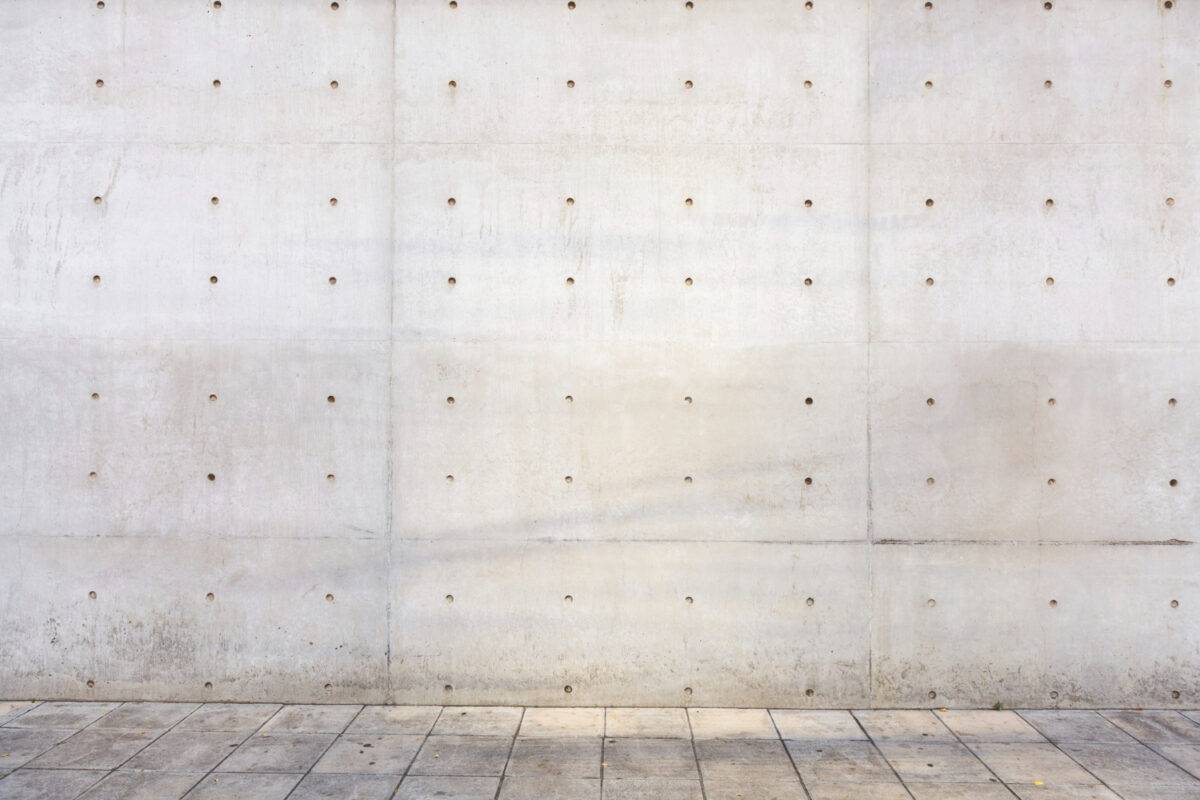
By taking some time to plan and prepare, your retaining wall will last longer, have less chance of failing, and still look great. While building a wall might sound simple in principle, you must take many steps to ensure your wall stays upright and functional.
If you want a retaining wall installed by experts, trust Tulsa Concrete Contractor–Tulsa, Oklahoma’s leading concrete installer. They have the tools and knowledge to ensure you get the best retaining wall possible at an affordable price. Click the link below for a free in-person quote for your retaining wall.

